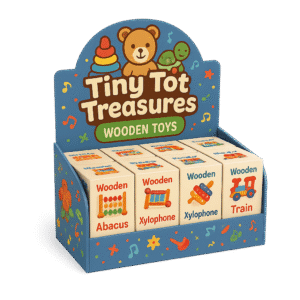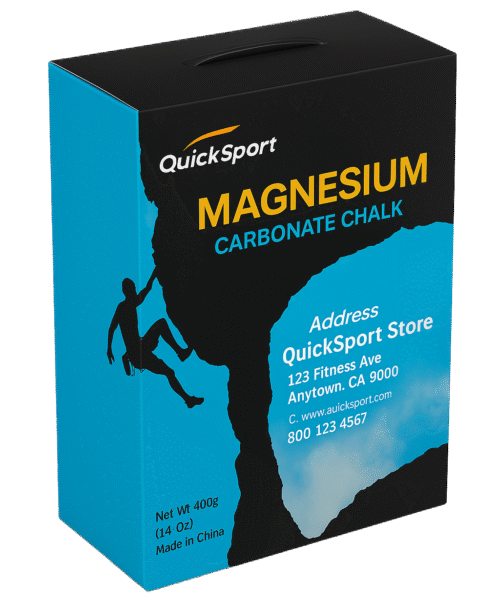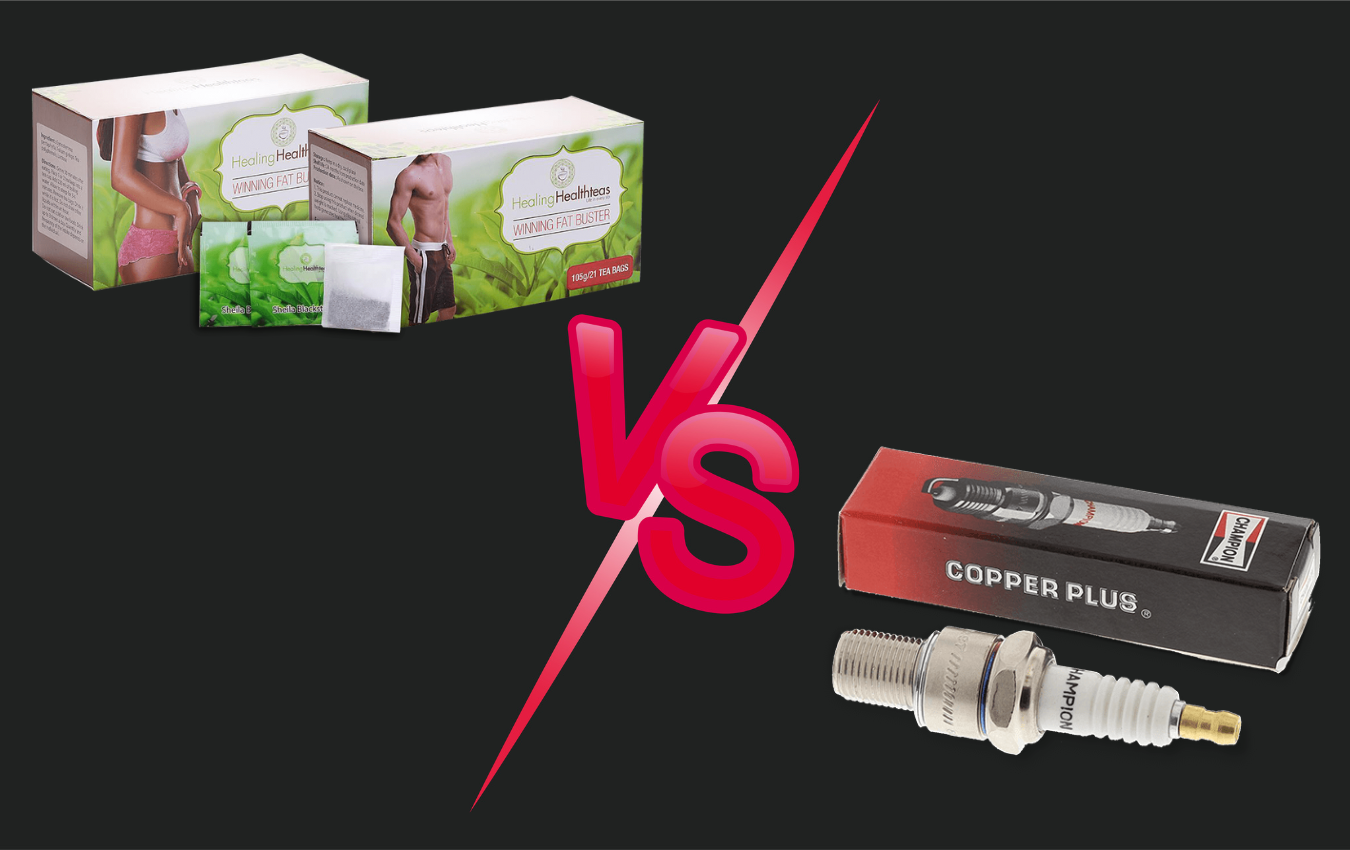Home » Folding Carton Styles and When to Use Them
Folding Carton Styles and When to Use Them

Folding carton style selection directly impacts packaging line efficiency, end-user experience, and the overall cost-to-deliver. Each design offers unique advantages in terms of assembly speed, structural performance, and retail presentation. This guide breaks down common formats—Straight Tuck End (STE), Reverse Tuck End (RTE), Auto-Bottom, Full Seal End (FSE), plus specialty options—and when each is best suited to your product.
Straight Tuck End (STE)
Both tucks close on the same panel, producing a smooth front face ideal for uninterrupted graphics.
Strengths:
- Clean front panel for high-impact branding.
- Efficient layout in certain die-cutting patterns.
- Smooth folding action for automated lines.
Drawbacks:
- Not optimal for heavy contents.
- Lower tamper resistance compared to sealed formats.
Common Uses: Lightweight retail products where appearance is critical.

Reverse Tuck End (RTE)
Top and bottom tucks close in opposite directions, improving material yield in specific blank layouts.
Strengths:
- Ergonomic for hand-packing operations.
- Potential material savings over STE.
- Quick to assemble without gluing.
Drawbacks:
- Break in front panel graphics due to tuck slit.
Common Uses: Pharmaceuticals, small personal care, and dry goods.
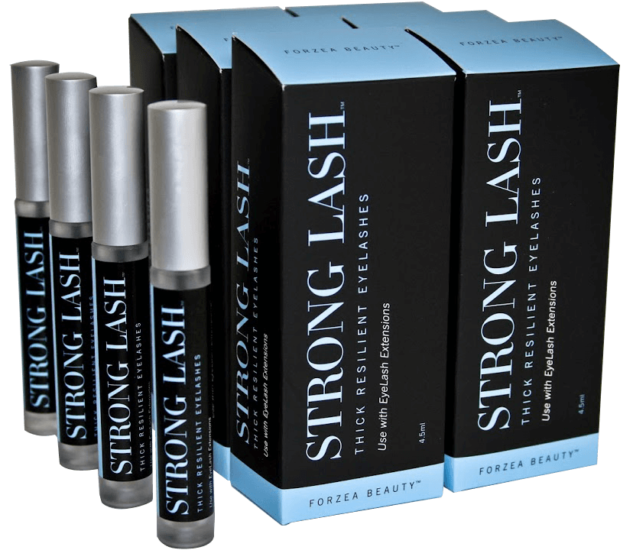
Auto-Bottom (Crash Lock Bottom)
Base panels are pre-glued to lock automatically upon erection, cutting down manual assembly time.
Strengths:
- High load capacity without switching to corrugated.
- Consistent bottom strength in every unit.
- Time savings in labor-intensive packing lines.
Drawbacks:
- Higher manufacturing cost from extra gluing.
- Slightly bulkier in storage than flat-tuck styles.
Common Uses: Heavier retail goods, food jars, premium candles.
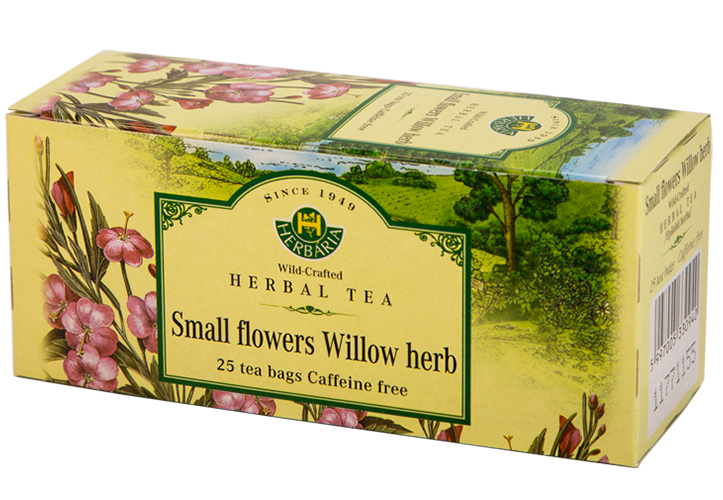
Full Seal End (FSE)
Both ends are fully sealed with adhesive after filling, creating a strong, tamper-evident structure.
Strengths:
- Maximum security during transport.
- High resistance to crushing and stacking pressure.
- Compatible with high-speed sealing equipment.
Drawbacks:
- No reseal capability for consumers.
- Less flexible for manual, small-batch operations.
Common Uses: Frozen foods, medical kits, beverage multipacks.
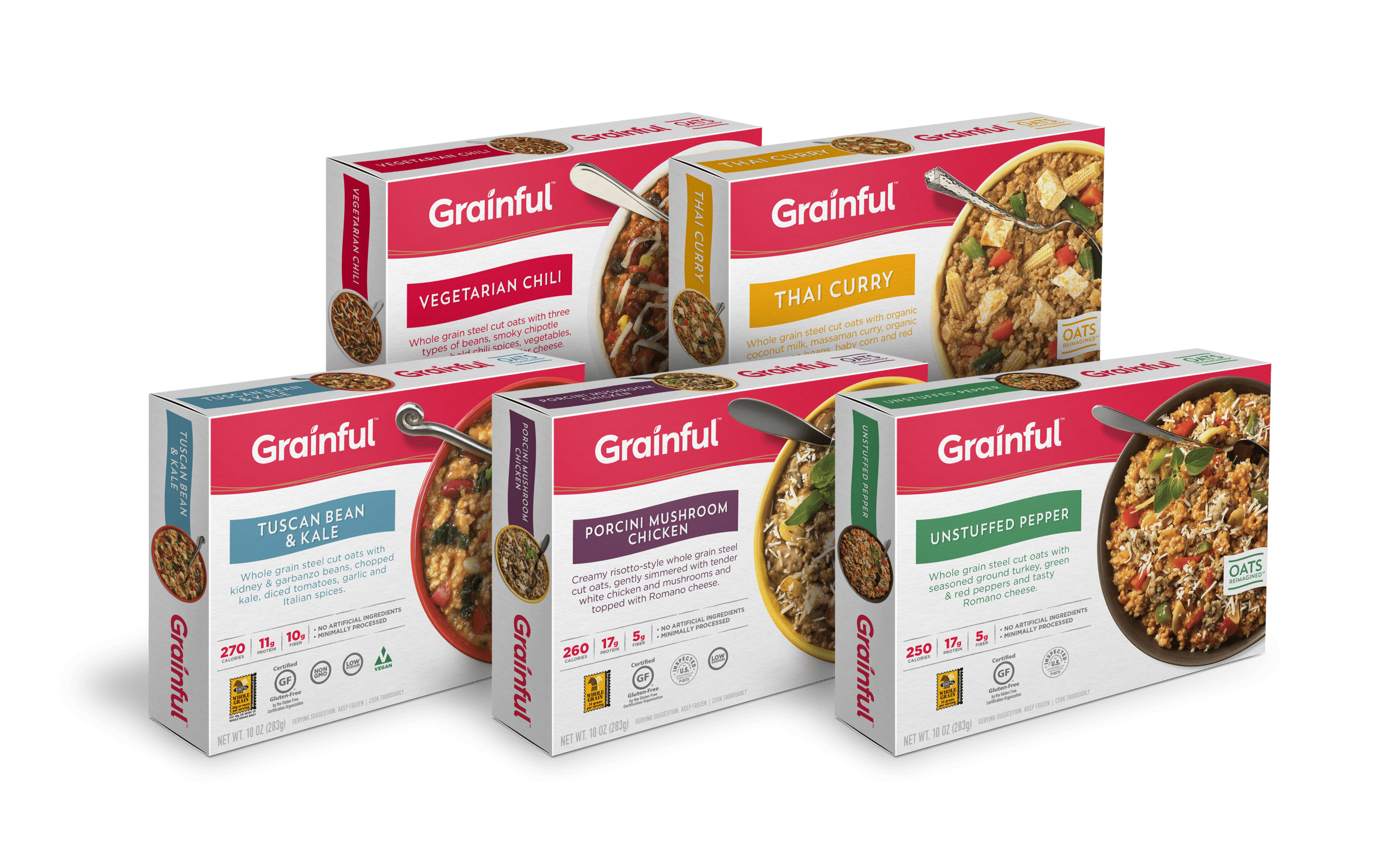
Specialty and Hybrid Designs
- Sleeve Cartons – Brand-focused wraps around trays or multipacks.
- Gable Top – Common in refrigerated liquids; requires specialized forming equipment.
- 5-Panel Hanger – Integrated hang-tab for pegged retail displays.
- Custom Geometries – Hexagonal or other non-standard shapes for unique shelf presence.
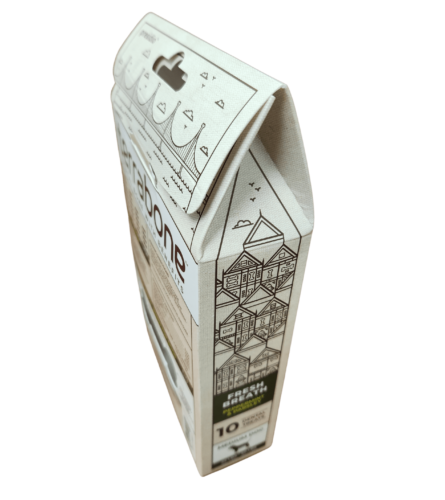
Decision Points
When determining the best carton style, evaluate:
- Filling Method – Automated vs. manual.
- Product Handling – Fragility, stacking pressure, and in-transit vibration.
- Consumer Access – Single-use vs. resealable.
- Branding Priorities – Continuous front panel vs. cost efficiency.
- Speed-to-Market Goals – How quickly tooling and production can be brought online.
References
Soroka, W. (2014). Fundamentals of packaging technology (5th ed.). Institute of Packaging Professionals. ISBN: 978-1-930268-37-2
Twede, D., & Goddard, R. (2021). Cartons, crates and corrugated board: Handbook of paper and wood packaging technology (2nd ed.). DEStech Publications. ISBN: 978-1-60595-120-5
In packaging, foam isn’t just about initial protection — it’s about maintaining performance over the entire shipping or storage cycle. Compression set and recovery characteristics determine whether foam continues to
Pouches are a go-to for flexibility and convenience, but they can fail in critical ways—from poor seals to punctures and delamination—that hurt performance and brand reputation. Understanding these failure points
In the retail environment, the placement of Point of Purchase (POP) displays is just as critical as their design and content. Strategic positioning can significantly influence consumer behavior, increase product
Choosing the right foam density isn’t about “soft” versus “hard” — it’s about controlling shock transmission and matching the foam’s cushioning curve to the product’s fragility. Using the wrong density
Home » Folding Carton Styles and When to Use Them


